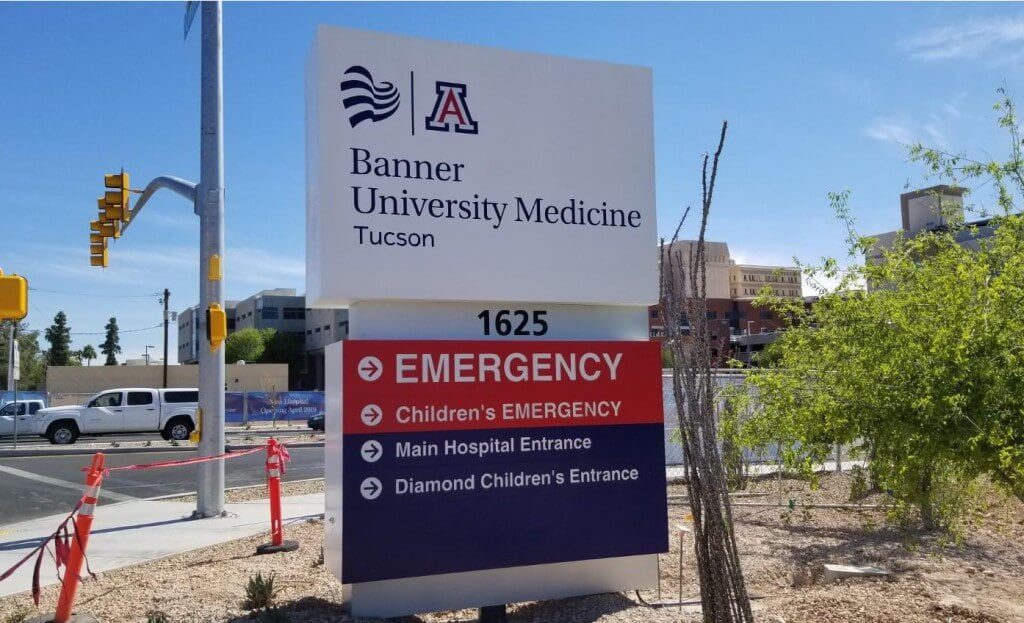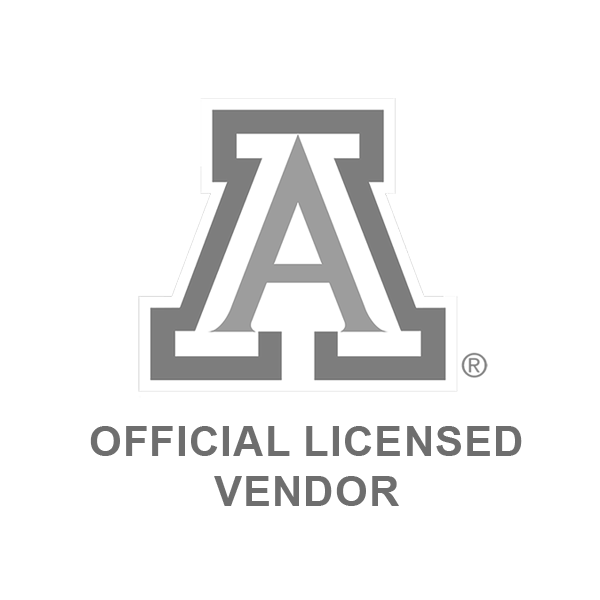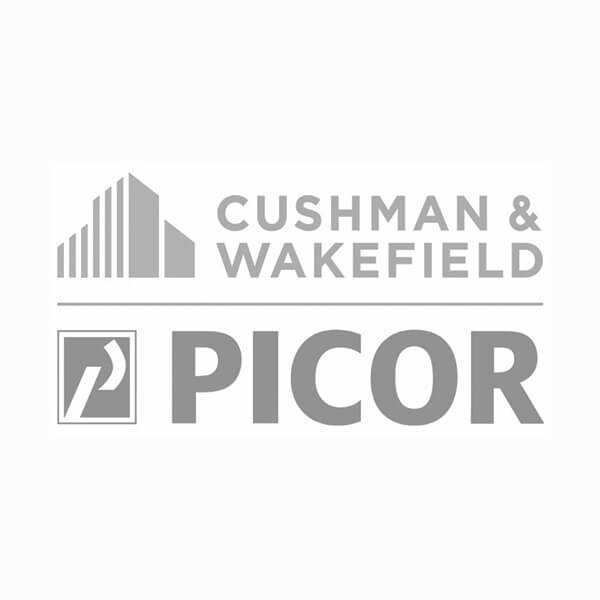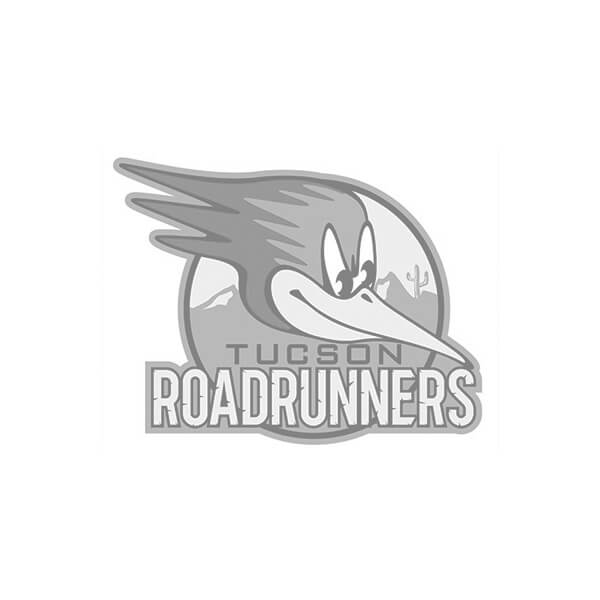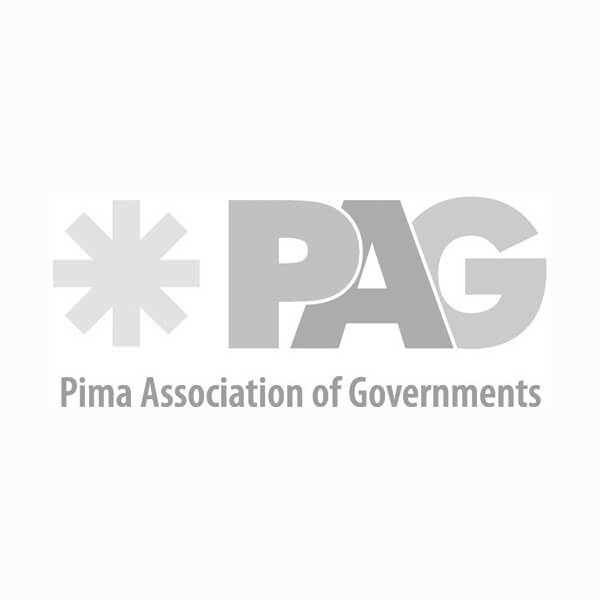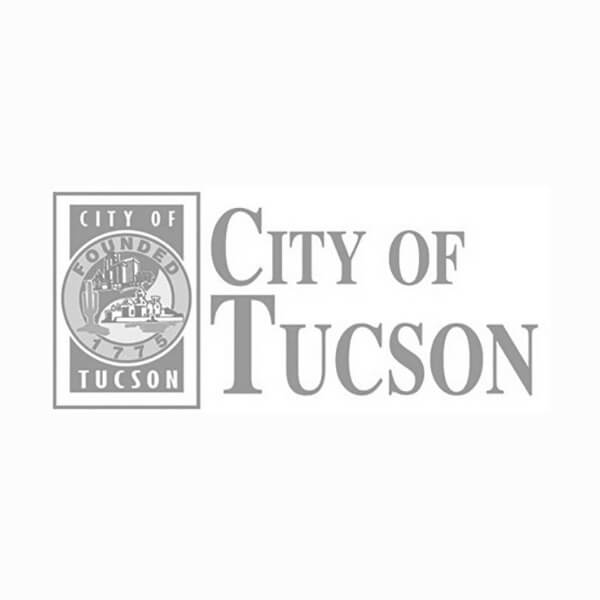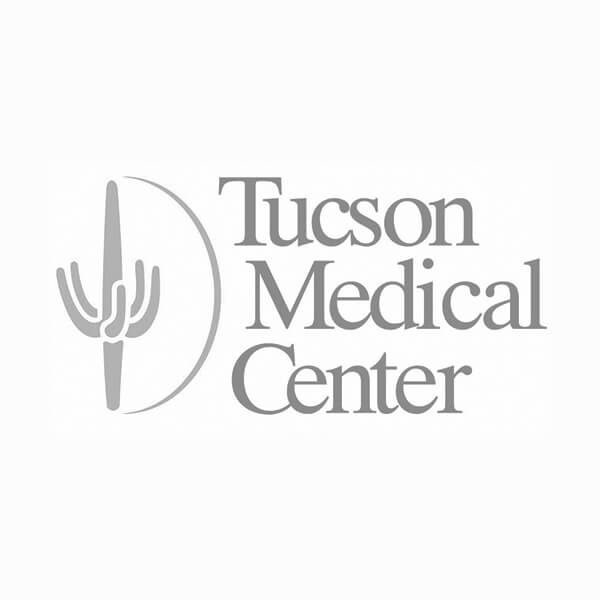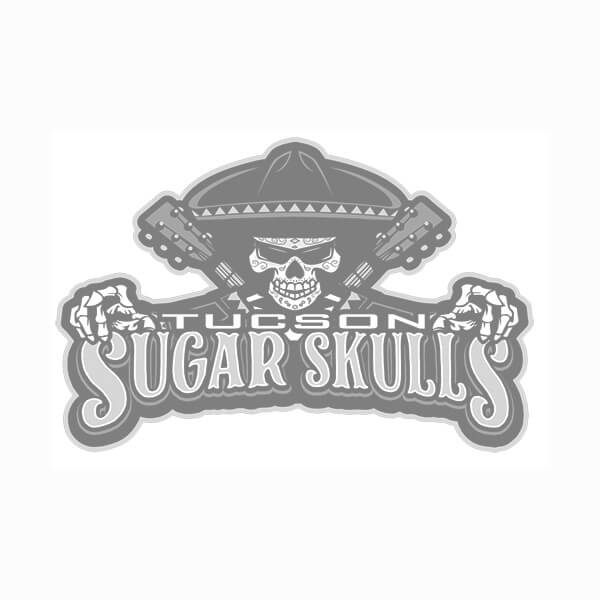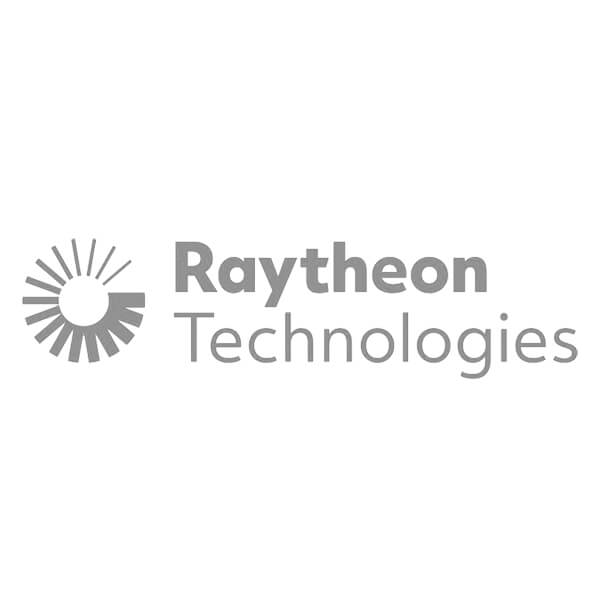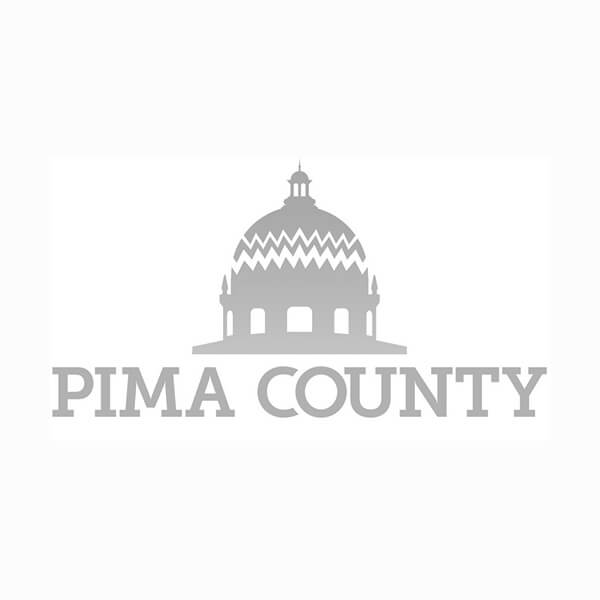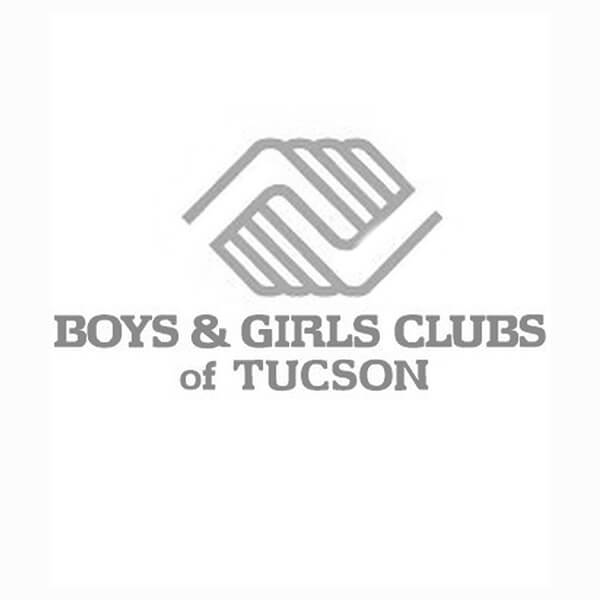1. Overview of Wayfinding Signs
Navigating a large hospital facility can be a daunting task for patients, visitors, and even staff members. Efficient wayfinding signage plays a crucial role in ensuring that individuals can easily find their way around a complex environment such as a hospital. In this case study, we will take a closer look at the role of wayfinding signs in improving the patient experience at Banner University Hospital. By analyzing the impact of wayfinding signs on patient satisfaction, stress levels, and overall experience, we can gain a better understanding of the importance of effective wayfinding solutions in healthcare facilities. Stay tuned to learn more about the significance of wayfinding signage in enhancing the patient journey.
2. Importance of Wayfinding Signs in Healthcare Facilities
In healthcare facilities like Banner University Hospital, where navigation can be complex and stressful, the importance of effective wayfinding signs cannot be overstated. These signs serve as guiding beacons for patients and visitors, ensuring they reach their destinations efficiently and without unnecessary stress. Research has shown that clear and strategically placed wayfinding signs can significantly improve patient satisfaction, reduce anxiety levels, and enhance overall experience within the hospital environment. By prioritizing well-designed wayfinding signage, healthcare facilities can create a more positive and seamless patient journey, ultimately contributing to better outcomes and a more patient-centered approach to care. Stay tuned for insights on best practices in implementing successful wayfinding solutions in healthcare settings.
3. Case Study: Implementation of Wayfinding Signs at Banner University Hospital
At Banner University Hospital, the implementation of effective wayfinding signs has been a game-changer in improving patient experience and streamlining navigation within the facility. By strategically placing clear and concise signs at key decision points, the hospital has successfully minimized confusion and reduced the stress associated with navigating the complex hospital layout. Through a meticulous approach to design and placement, Banner University Hospital has not only enhanced patient satisfaction but also demonstrated a commitment to providing patient-centered care. The case study at Banner University Hospital serves as a testament to the transformative power of well-executed wayfinding signage in healthcare settings. Stay tuned for detailed insights on the strategies and outcomes of this successful implementation.
4. Benefits and Results of Effective Wayfinding Signage
The benefits of implementing effective wayfinding signage at Banner University Hospital are not only evident in improved patient experience but also in tangible results. By enhancing navigation efficiency, the hospital has reported a notable decrease in missed appointments and late arrivals. Additionally, the streamlined traffic flow resulting from clear signage has led to reduced congestion in critical areas, ultimately improving staff productivity and operational efficiency. Patients and visitors alike have expressed appreciation for the ease of getting around the facility, reflecting positively on the hospital’s reputation and overall image. These measurable outcomes underscore the substantial impact of well-designed wayfinding signage on enhancing the overall quality of care and operational performance at Banner University Hospital. Stay tuned for more detailed insights on the quantifiable benefits of this initiative.
5. Best Practices for Designing Wayfinding Signs
To further enhance navigation and optimize user experience, it is essential to adhere to best practices when designing wayfinding signs at healthcare facilities like Banner University Hospital. Here are some key guidelines:
– Ensure clear and concise messaging for easy readability.
– Use intuitive symbols and icons to complement text instructions.
– Maintain consistency in design elements throughout the facility.
– Prioritize visibility by placing signs at eye level and in strategic locations.
– Consider color contrast and legibility to aid individuals with visual impairments.
By incorporating these best practices, healthcare facilities can effectively guide patients, visitors, and staff members, contributing to a seamless and efficient navigation experience. Stay tuned for more expert insights on improving wayfinding strategies for healthcare environments.
6. Conclusion: The Impact of Wayfinding Signs on Patient Experience
Effective wayfinding signs play a crucial role in enhancing the overall patient experience within healthcare facilities like Banner University Hospital. By implementing clear and strategically placed signage, patients and visitors can navigate the complex hospital environment with ease, reducing stress and confusion. As a result, the positive impact of well-designed wayfinding signs extends beyond mere navigation efficiency—it can also contribute to improved patient satisfaction and outcomes. Stay tuned as we delve deeper into the significance of wayfinding signs in healthcare settings and explore real-life success stories of hospitals that have prioritized this essential aspect of patient care.
Graphic Impact will apply this same know how to work for your company or organization regardless of your size or requirements. We’ll be happy to point you to examples of projects we’ve completed for the University of Arizona, Banner University Medicine and 20,000 other clients.


